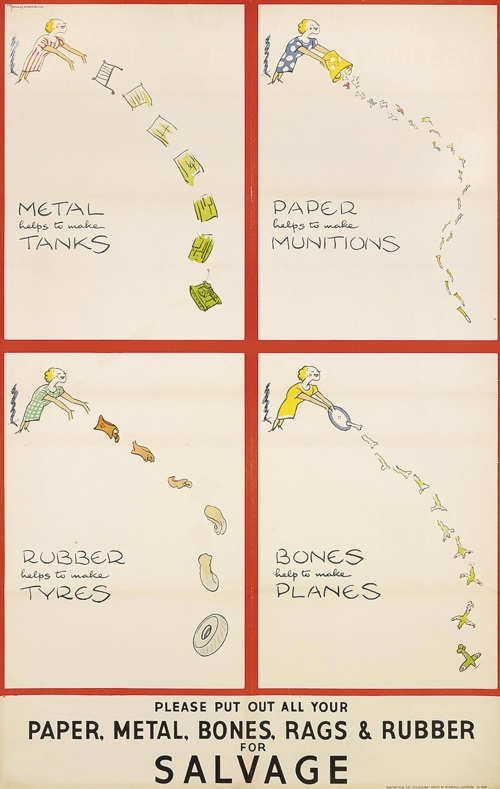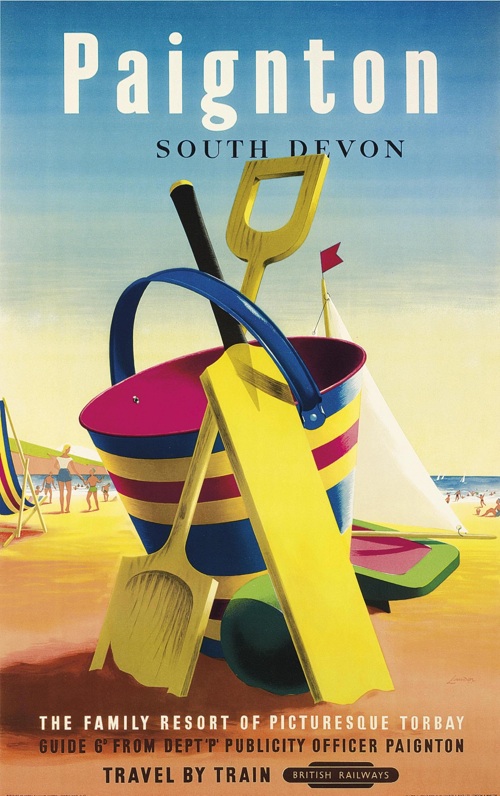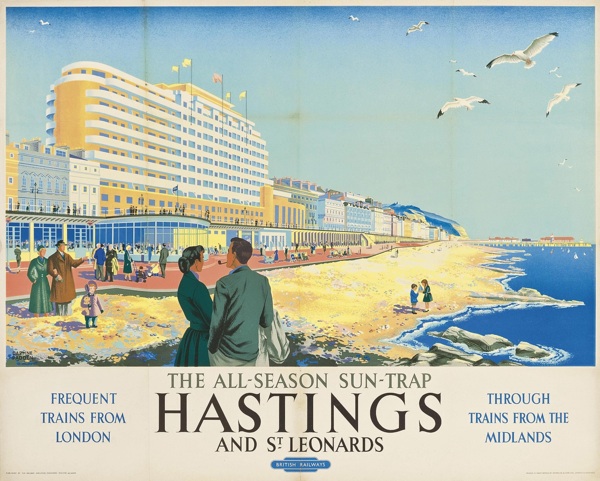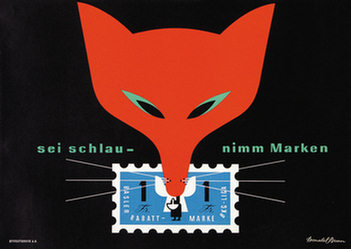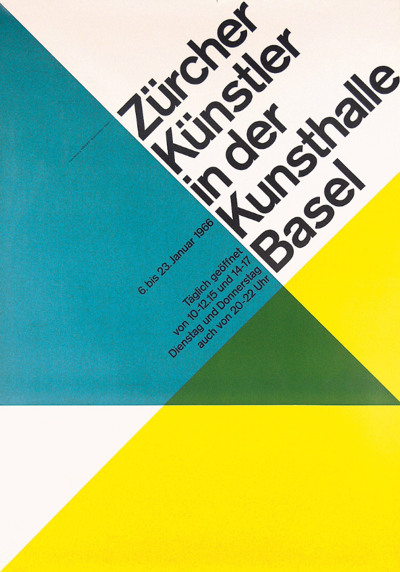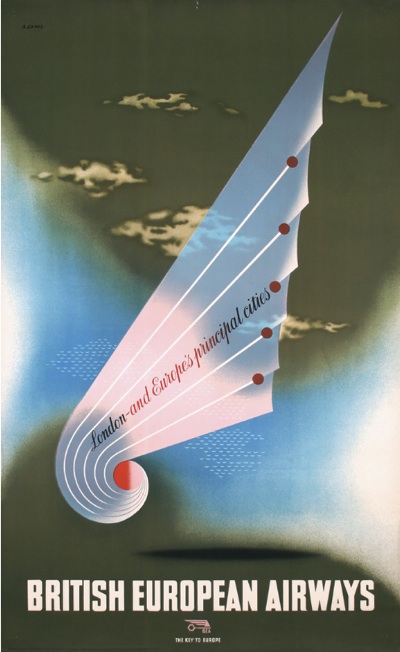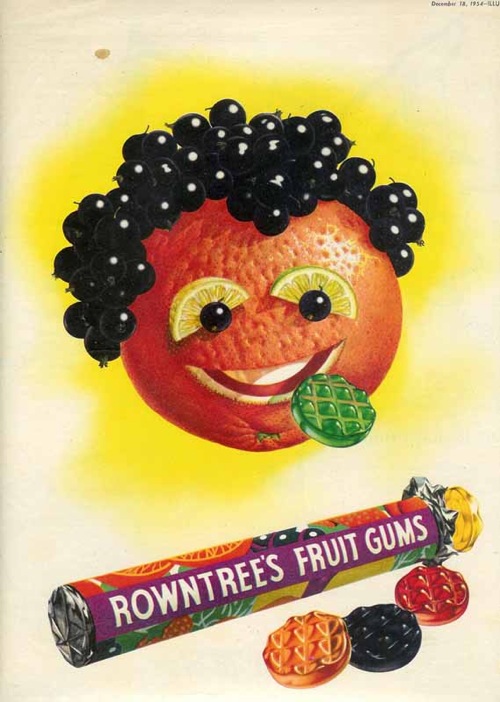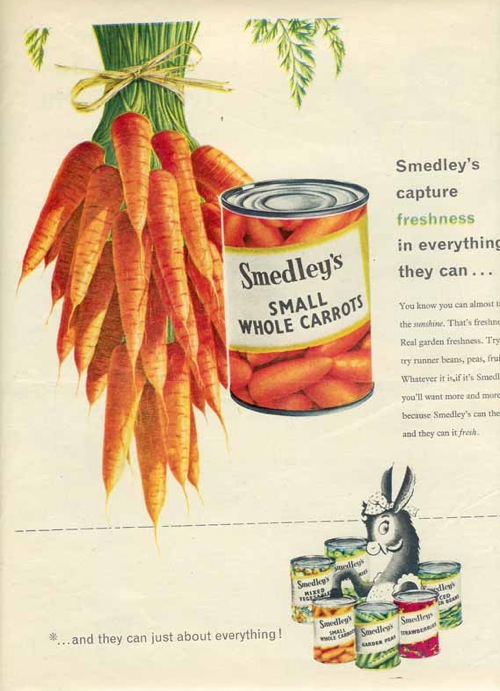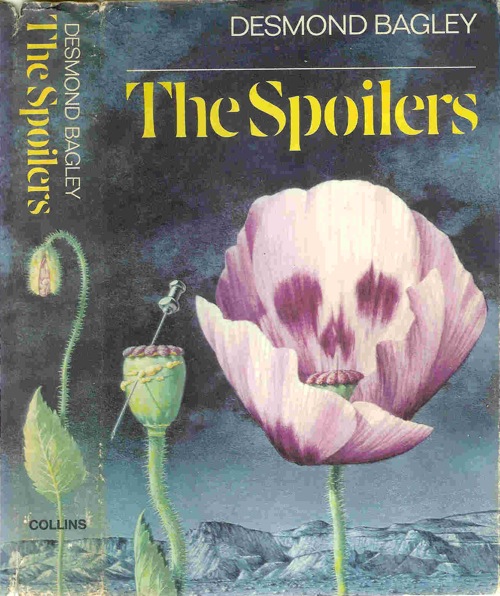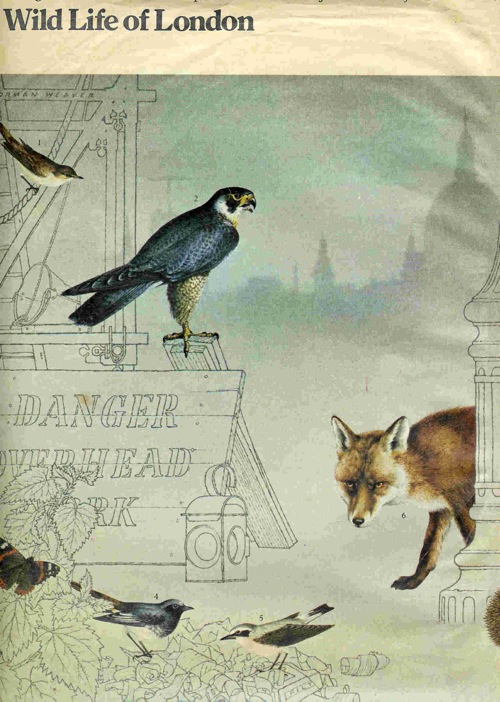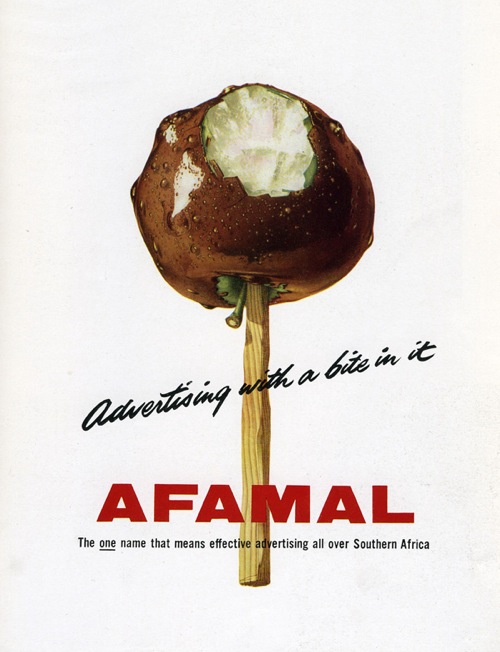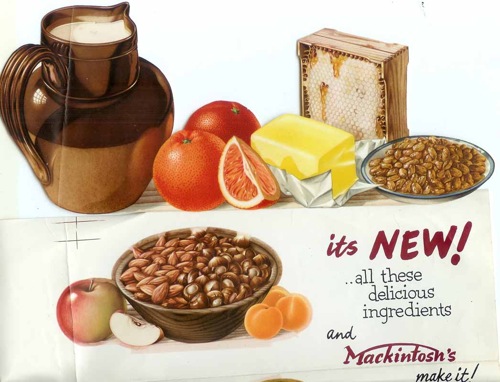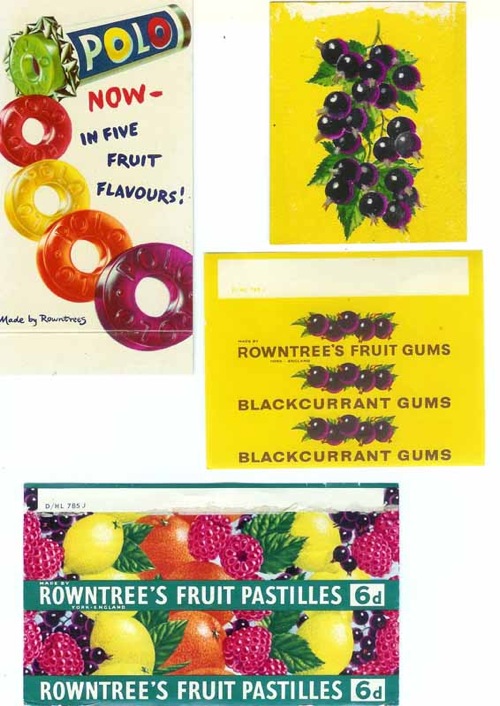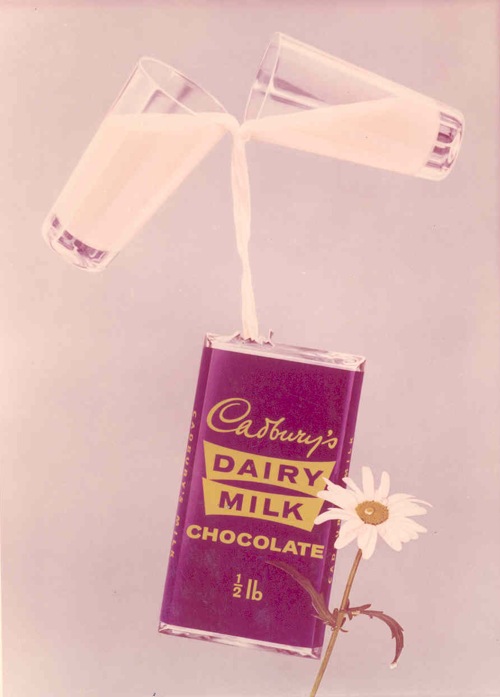Auction fever (or not)
The next Christies poster sale is upon us; the lots are online, the printed catalogue is sitting on my desk. But I’ve been avoiding writing about it for the last few days, mainly because I can’t work up much enthusiasm for what’s on offer.
This, if I am pushed, is probably the best of the bunch. But it’s American, so it doesn’t really count, even if it is by Herbert Bayer.
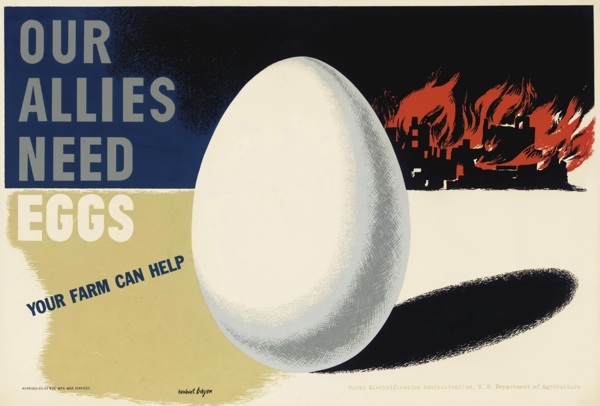
Herbert Bayer, c.1940, est £700-900
The next best offerings are also American, a selection of TWA travel posters by David Klein.
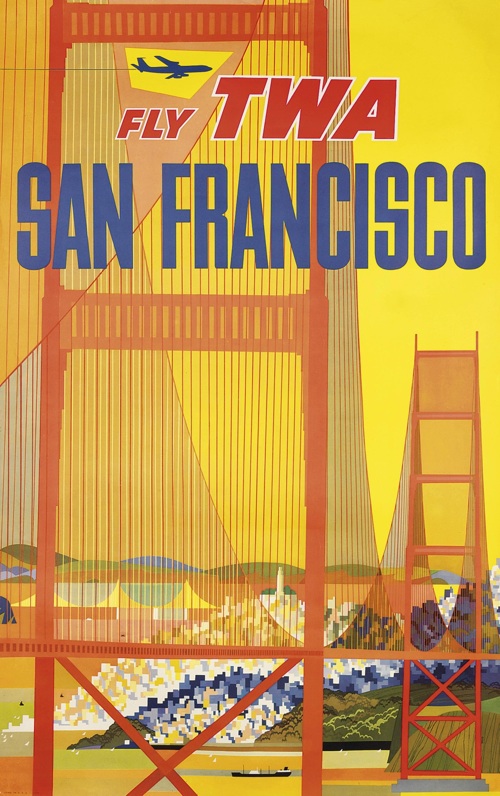
David Klein, c.1958, est. £1,000-1,500
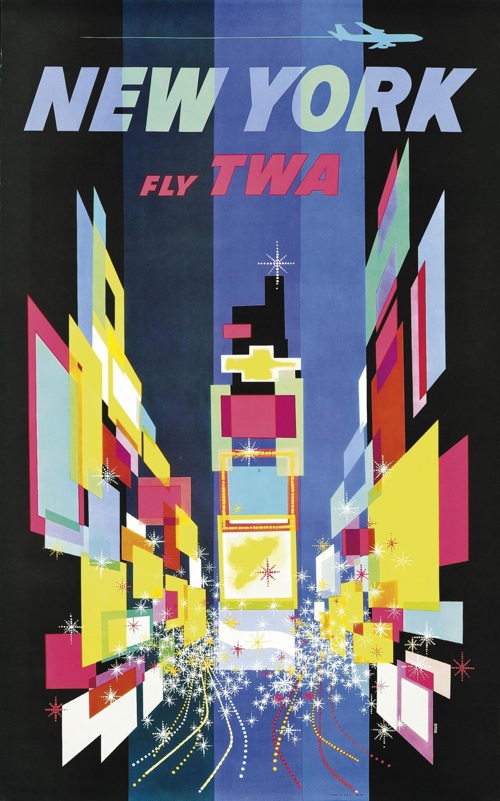
David Klein, c.1960, £1,500-2,000
I’ve pondered the excellence of these before, because they have a quality which no British poster of that era really manages, an intense optimism about modernity, not simply as an ideal to be aimed for (which is much more the British mindset) but as something experienced in the present moment. They are glad to be alive in this modern world and the joy is infectious.
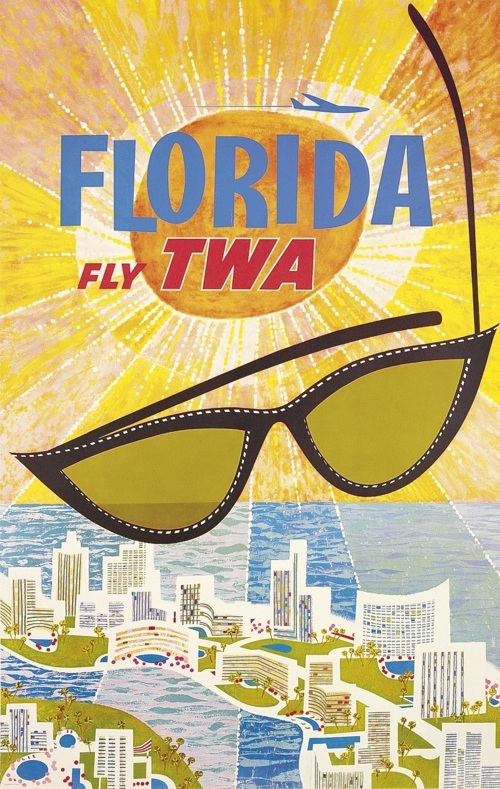
David Klein, c.1960, est. £700-900
In the realms of things which I really should be contemplating, there is a Fougasse I haven’t seen before.
Along with an interesting and early McKnight Kauffer.
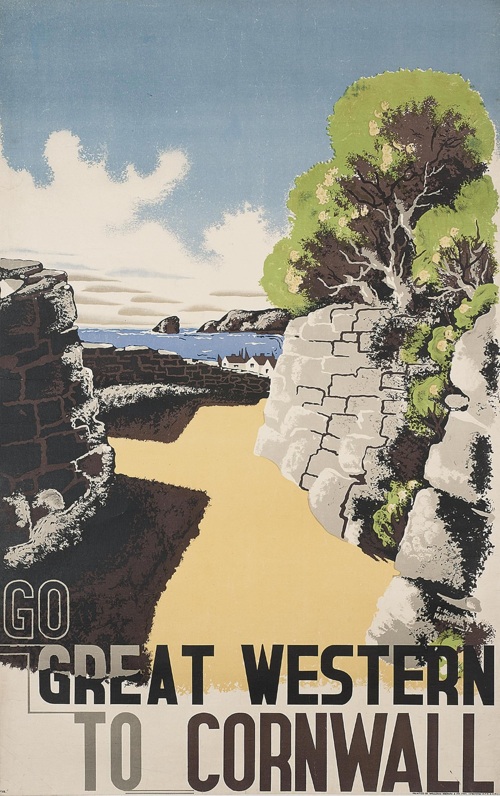
McKnight Kauffer, 1933, est. £800-1,200
And then two Landers which are not new but now come with quite eyewatering estimates.
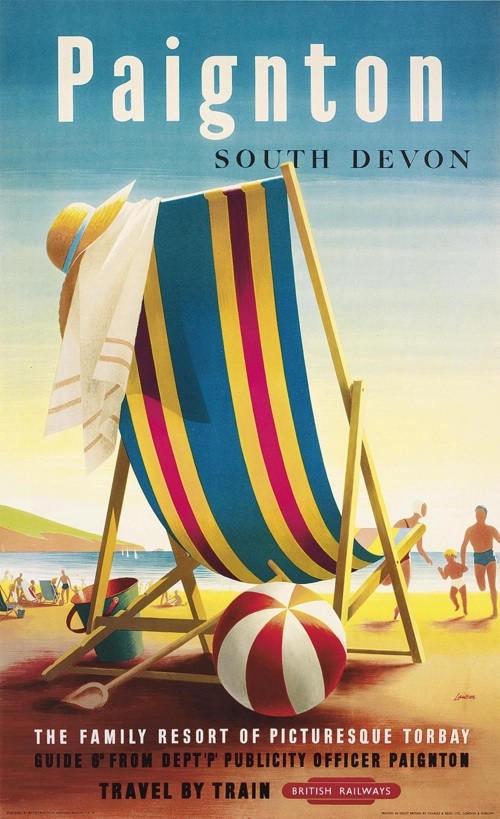
R M Lander, 1956, est. £600-800
Then there is also this.
Now it is by Daphne Padden, because it’s signed Daphne Padden, even if at first glance it looks much like her father’s style of work. Judging by the style of clothing, it must be from the very start of 1950s, so is probably one of her very earliest posters. Which makes it interesting, but I can’t say I particularly like it. Although the estimate suggests that Christies think that a large number of people will be expensively intersted in it.
There are other mildly interesting lots; a few from London Transport, of which my favourite is this Bawden.
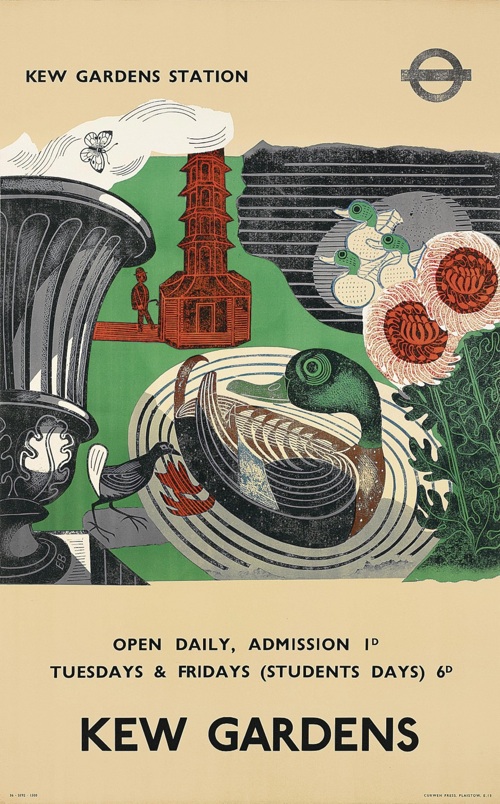
Edward Bawden, 1936, est. £600-800
As ever, there are also the usual slew of railway posters including lots of pretty landscapes and detailed pictures of trains. This one does at least get a prize for being, er, different.
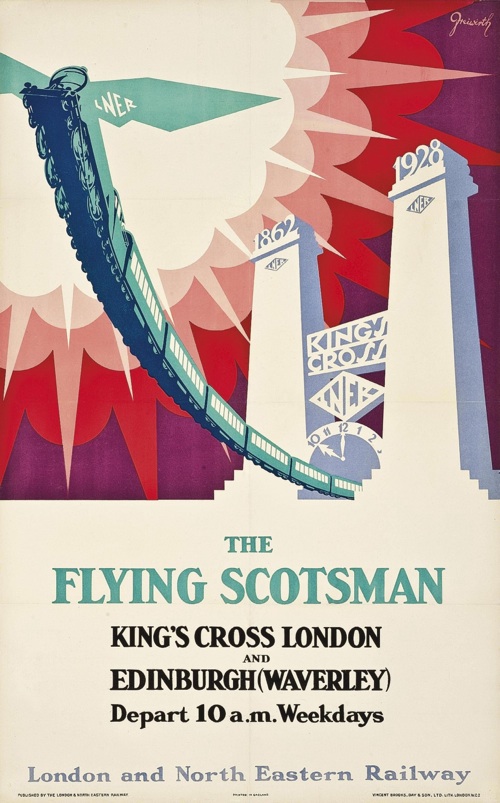
Greiwurth, 1928, est. £3,000-5,000
Oh to live in the simpler age before Freud thought of phallic symbolism.
Overall, though, the excitement just isn’t there. Really I think that – with the odd exception when a great collection comes up for sale – Christies’ sales just aren’t for me any more. The higher minimum lot value means that so much of what I’m interested in – the Royston Coopers and Tom Eckersleys – just don’t appear there any more. But these posters also not turning up anywhere else instead. So where have they gone? Are you sitting on a heap of these things and don’t know what to do with them these days? In which case, I might be able to help.
While I’m on about auctions, I should for the sake of completeness tell you that Poster Auctioneer have a new auction coming up tomorrow, but again with very little British interest in there, so you’ll have to make do with this Donald Brun instead.
Most of their posters are Swiss, which isn’t unreasonable for an auction house in Switzerland. What’s more puzzling is that Poster Connection, who are in the States, also have an auction stuffed with Swiss posters this time round. You can choose between an ample selection of Swiss graphics.
Or simply posters for Switzerland.
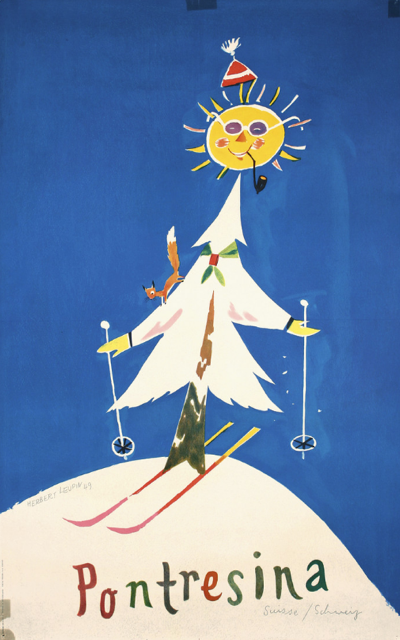
Herbert Leupin, 1949, est. $500
There are a very few British posters in amongst all the snow and sans serif, of which the most interesting is this Norman Weaver.
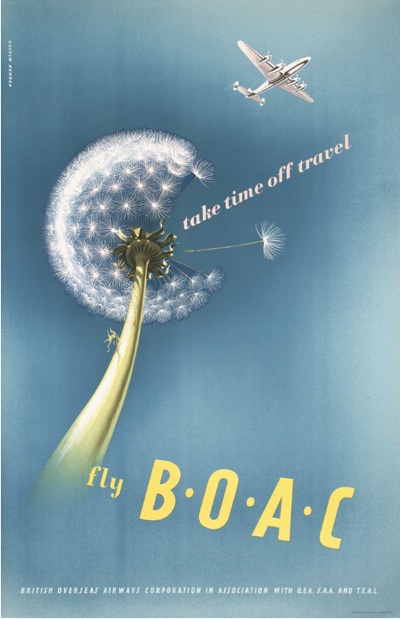
Norman Weaver, 1948, est. $500
With a rarely-seen Abram Games coming up a close second.
But all is not lost. Swann Galleries have promised me that there are some lovely London Transport pieces in their forthcoming auction. I’ll let you know as soon as it appears online.
